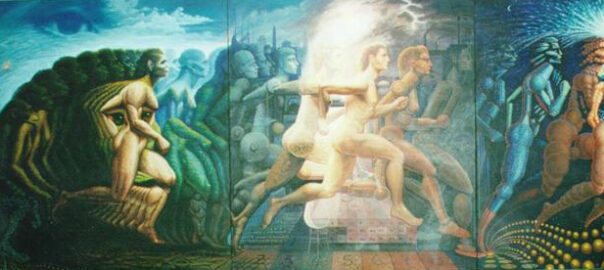
Genetics and Human Evolution
The Evolution of Man, Octavio Ocampo, wikiart.org
“The extraordinary fact that emerges from ancient DNA is that just five thousand years ago, the people who are now the primary ancestors of all extant northern Europeans had not yet arrived.”
—David Reich, Who We Are and How We Got Here: Ancient DNA and the New Science of the Human Past
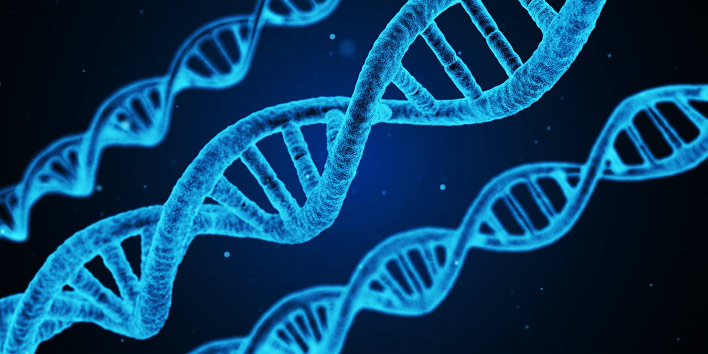
Scientific Breakthroughs
Recent technological breakthroughs in genomic analysis, combined with archeological, paleoanthropological, linguistic and other information, now give us an unparalleled opportunity to trace humanity’s evolution and movement in time.
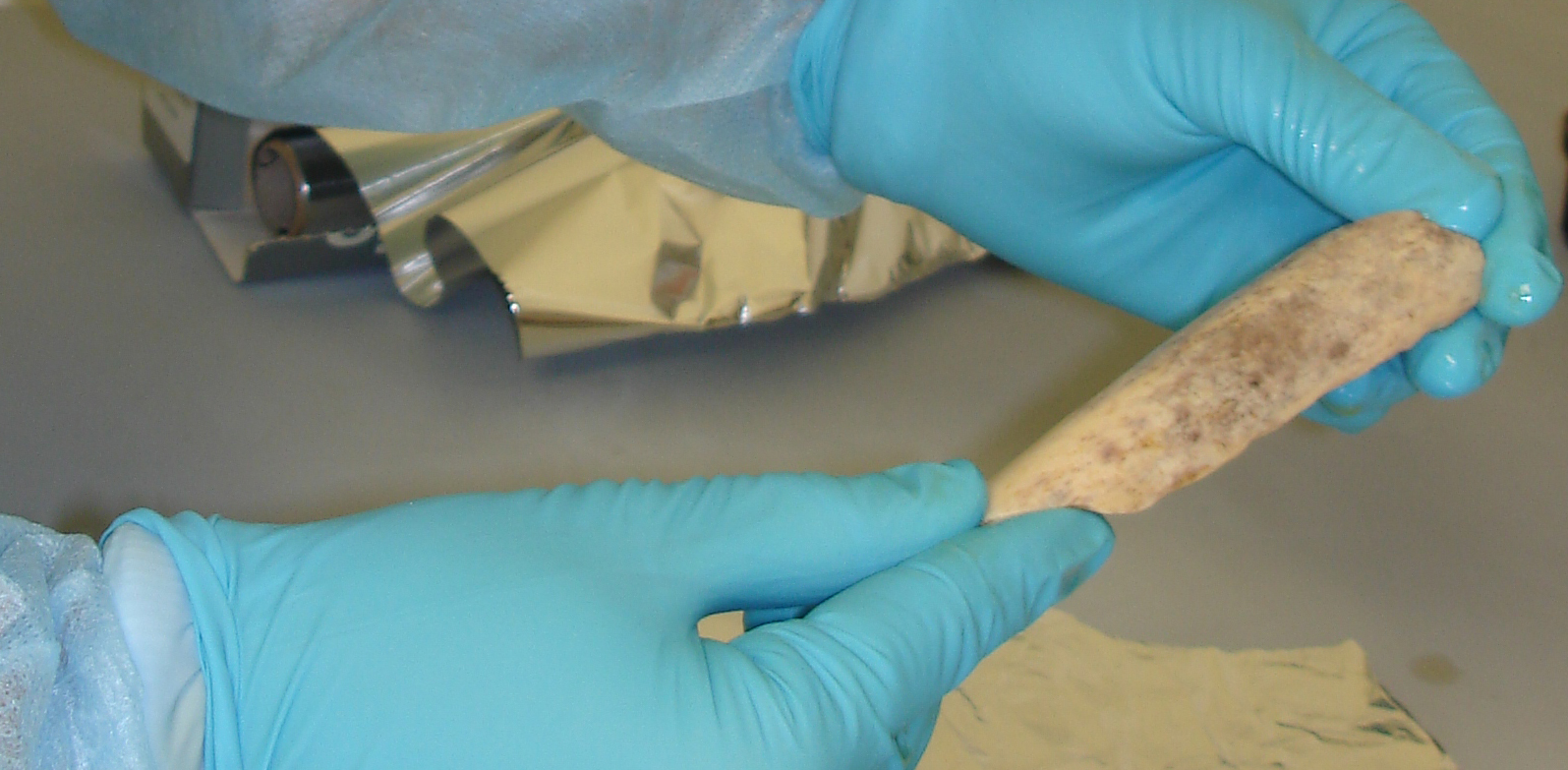
We Were Not Alone Until Recently
The use of genetic information has revolutionized our ability to trace human evolution and patterns of migration. Combining information from diverse disciplines also helps explain how humans spread across the planet.
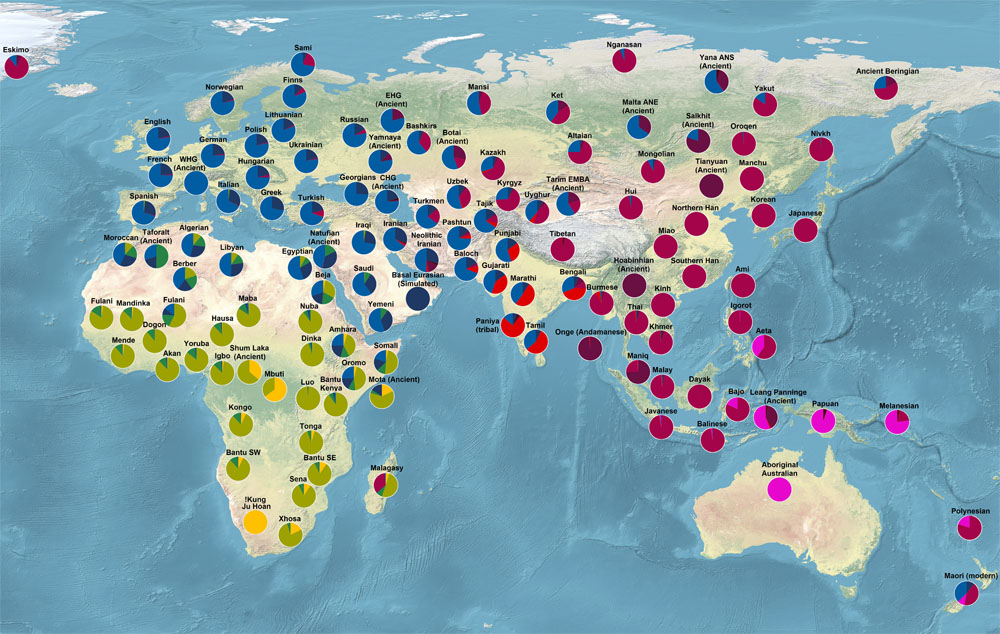
Tracking Human Movement Across the Globe
Prior to our ability to analyze aDNA, we could only interpret ancient history from art and artefacts. This led anthropologists and historians to assume that the spread of ideas was the primary cause of change. Now we know that the primary cause was often due not to influence but to interbreeding.
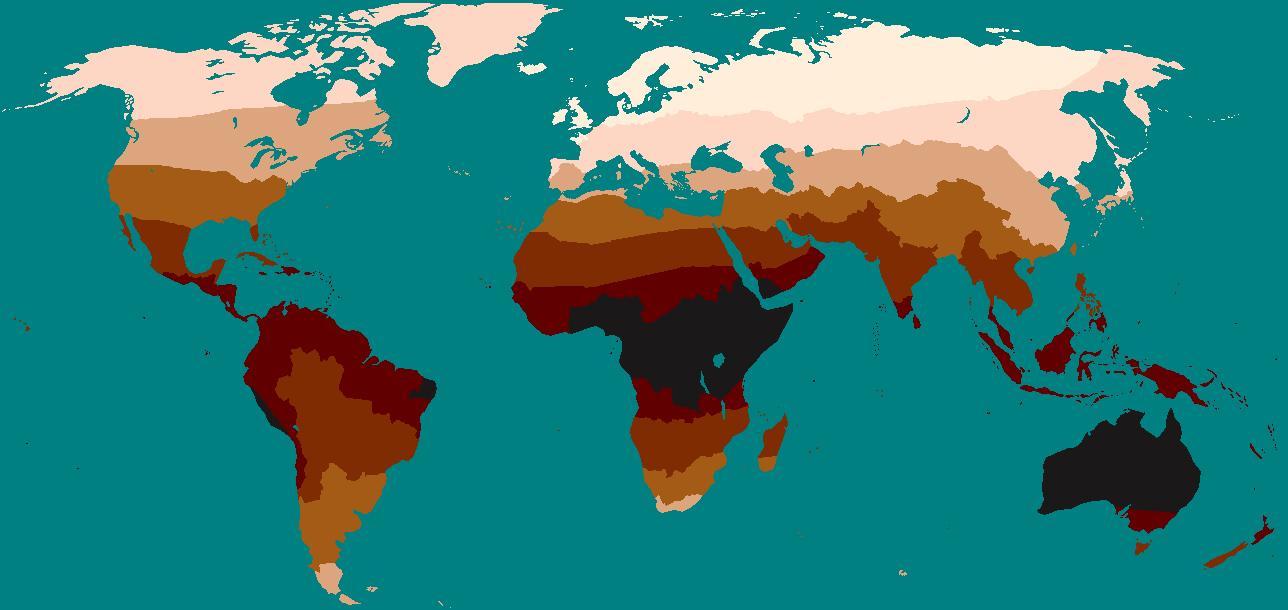
Biological Traits and the Fiction of Race
Ancient DNA has enabled scientists to understand how complex biological traits evolve over time. They can follow the complex evolution of skin pigmentation and traits such as blue eyes and height.
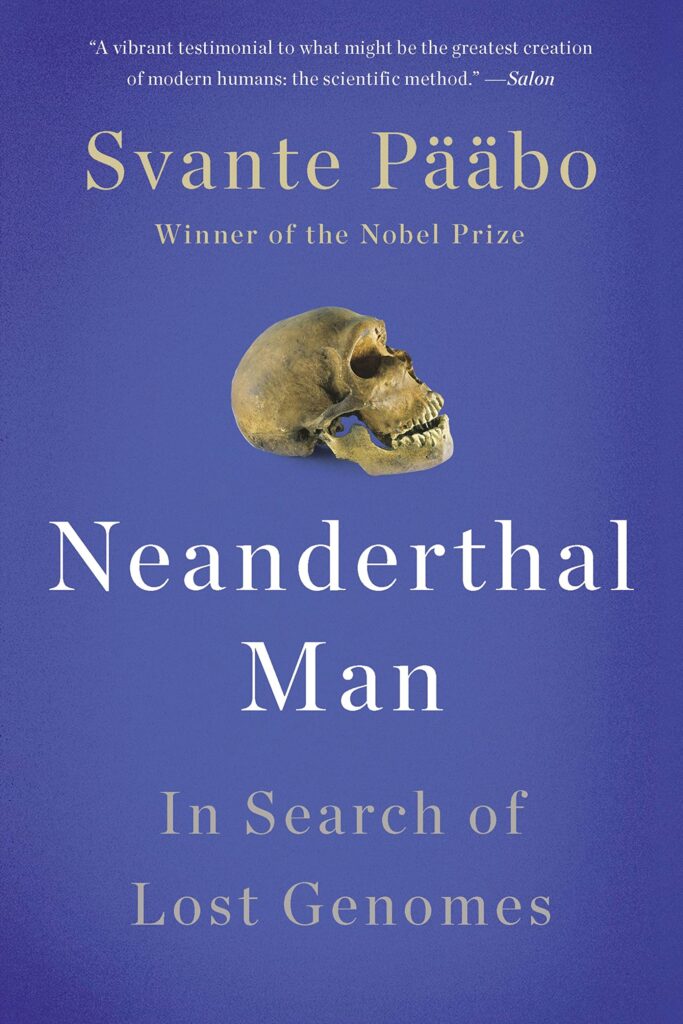
Neanderthal Man
In Search of Lost Genomes
by Svante Pääbo
Reviewed by George Kasabov
Neanderthals, our nearest cousin species, finally died out soon after 40,000 years ago. How are we related to them?

The Age of Empathy and The Bonobo and the Atheist
Frans de Waal
Both reciprocity and empathy – the two pillars upon which morality is built – are found in bonobos, apes and other social animals. But only humans are able to “abstract” the value and extend the behavioral constraints of “one-on-one” morality to the larger society, including strangers.
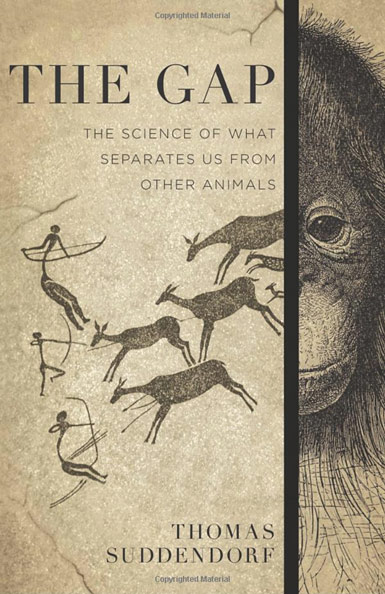
The Gap
The Science of What Separates Us from Other Animals
Thomas Suddendorf
A leading research psychologist concludes that our abilities surpass those of animals because our minds evolved two overarching qualities.
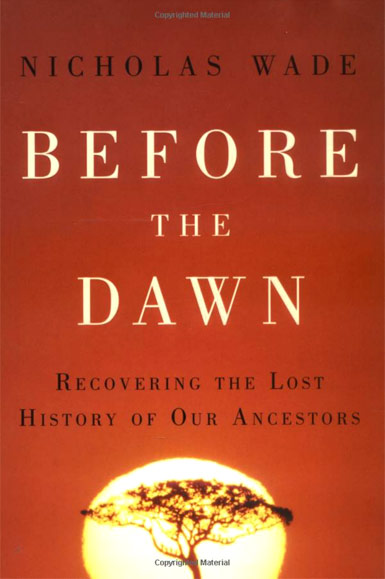
Before the Dawn
Recovering the Lost History of Our Ancestors
Nicholas Wade
New York Times science writer explores humanity’s origins as revealed by the latest genetic science.
In the series: Discovering Our Distant Ancestors
- Our Nearest Relatives: Bonobos and Chimpanzees
- Our Hominid Predecessors
- She Has Her Mother’s Laugh
- Neanderthal Man – In Search of Lost Genomes
- The Evolution of Human Morality: The Age of Empathy and The Bonobo and the Atheist
- The Gap: The Science of What Separates Us from Other Animals
- Before the Dawn: New details of human evolution revealed
